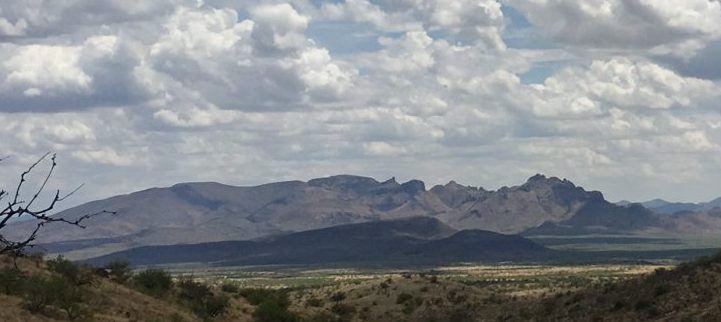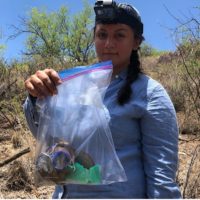Article begins
The use of archaeology to understand the social processes of the contemporary to set my life path.
I always think about my road to anthropology and archaeology as one of those “a-ha” moments people talk about: it’s something you are continuously waiting for that has no guarantee of happening, but it happened for me. Back in 2015, I was certain of going the premedical school path. After taking a freshman biology course the University of Michigan, I quickly realized that it was not something I could do for the rest of my life. Over the course of that initial semester, nothing seemed to spark my interest. The following semester I enrolled in an anthropology course simply to fill a university requirement. I come from a very small farm town, so I had no idea what anthropology was. Jason De León, who has become a great mentor to me, was the professor teaching Anthropology 101. I’m sure he gave an enthusiastic lecture, as his course is really what has set me on the trajectory I am on now. I took courses from all of the sub-fields and was interested in both cultural and archaeological anthropology.

The Sonoran Desert is full of hostile terrain populated with prickly flora and dangerous fauna, and offering little protection from the extreme temperature. Nicole Smith.
I remembered learning about De León’s work with the Undocumented Migration Project (UMP), a long-term anthropological study of undocumented migration between Mexico and the United States that uses ethnography, archaeology, and forensic science to better understand this clandestine social process. Interested in how this project combined different disciplines in order to provide a more comprehensive understanding of the experiences of undocumented migrants, I joined the project in my junior year. I was given the opportunity to utilize the artifacts the UMP had collected in past field seasons and was hoping to research something that hadn’t been tapped into yet. I realized that children were scarcely mentioned, but knew, they play significant roles within the migration process.
The project sheds a light on the experiences of child migrants who are subjected to the same socio-political forces as adults.

This past field season much of the archaeological work focused on collecting microdata such as fragments of backpacks, pieces of fabric, and food wrappers. Jason De León
Nicole Smith is an undergraduate at the University of Michigan and a 2018 Diversity Travel Award winner for the Archaeology Division.
Sandra L. López Varela is contributing editor for the Archaeology Division.
Cite as: Smith, Nicole. 2019. “My Path to the Archaeology of Child Migrants.” Anthropology News website, April 12, 2019. DOI: 10.1111/AN.1143

